カメラ
Doing moon photography “reasonable”
daniel
Recently I was able to complete my long tele setup which I used to do some long anticipated moon shots. Finally I was able to get some good close-ups in a decent quality without spending a fortune in equipement.
Since I am still student I am not able to spend thousands of dollar, yen, euro or whatsoever into new equipment. Therefore I did research for used cheap alternatives and want to share my knowledge to those who might be in the same situation.
Here is my long tele setup:
Pentax K20D DSLR used (25,000¥ / ~250€)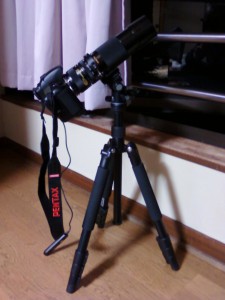
Tamron SP 300mm F5.6 used (10,000¥ / ~100€)
Tamron SP Flat Field 2x Teleconverter used (5,000¥ / 50€)
Tamron Tripod Adapter for the Tamron SP 300mm used (2,000¥ / 20€)
Pentax Remote Control used (1,700¥ / 17€)
Benro A1685F Travel Angel Tripod+BH0 Head new (17,000¥ / 170€)
SuperTalent 16GB SD Card New (1,100¥ / 11€)
———–
61,800¥ / 618€
The tripod is a bid on the expensive side but what you pay is what you get. Since I am sometimes hiking with my photo equipment my personal requirements were size, weight, load capacity and reasonable quality. If you lower your requirements on size and weight you might be much cheaper here.
So the full camera equipment is still much cheaper then a new DSLR (digital single-lens reflex) camera.
Of course the K20D is from 2008 and has very limited high ISO performance. But depending on your needs it is still one of the top cameras in the semi-professional class. Also the Pentax K-mount is in contrast to Nikon or Canon backward compatible until the 1980’s or so with your fancy M42 screw mount. So it is the optimal low budget camera when looking for some cheap old film lenses.
Using old film lenses has one disadvantage though, most of the time you cannot use automatic mode or autofocus. So its like back in analog times where you have to use your own skills. But isn’t that what photography is about?
Another advantage besides the low price of the lenses is that the APS-C sensor is smaller in size as an 35mm film where usually all the light is captured. Therefore only the middle part of the picture is captured and the borders where most of the flaws of the lens in terms of image quality (chromatic aberrations, corner sharpness…) occur are cropped like shown in the sketch below. The crop factor is defined by magnification of the focal length compared to the 35mm film equivalent. It depends obviously on sensor size which again depends on camera maker. For Pentax DSLR’s which all use APS-C size sensors up to now the crop factor is 1.5 .
While for tele photography this is beneficial since your 300mm film lens becomes a 300*1.5=450mm APS-C lens, for landscape photography this is the contrary because you want to have a smaller focal length instead of a bigger (a 17mm film lens gets a 25.5mm APS-C lens). Just as a side note, the focal length written on a lens is always the 35mm film focal length. So keep in mind when changing from film camera to DSLR you will need a 35mm lens(35*1.5=52.5mm APS-C) to come close to the standard 50mm field of view on your film camera.
Since the moon is pretty far away, a big focal length is needed to get a good closeup. Therefore I use a 2x teleconverter, which is basically a magnifying lens arrangement and multiplies the focal length by the factor 2. So my total focal length is:
300mm*1.5(APS-C sensor)*2(teleconverter) = 900mm
Of course there are downsides using a teleconverter, since the picture gets magnified not only the moon gets bigger but also possible lens flaws are magnified. So you will get bigger color fringes due to chromatic aberrations as well as some lowered picture quality due to introducing another lens element (the teleconverter) at the end of your lens which itself has flaws.
So if your lens gives only a moderate picture in terms of image quality in the first place, using a teleconverter makes not much sense. So for an optimal result you need a good lens and a good teleconverter.
Also what you need to consider is that while you are doubling the focal length the opening of the lens stays of course the same. The F stop, F number or relative aperture is just the focal length of your lens divided by the “effective” aperture (the rear end where the light comes out which hits the sensor). Since the focal length doubles but the “effective” aperture stays the same the F stop will also double. This means my 300mm (=focal length) lens with an F stop of 5.6 will after attaching the 2x teleconverter behave like an 600mm (=focal length) lens with an F stop of 11.2.
This means simply put, less light is hitting the sensor and longer exposure times or higher ISO values are needed. In many cases this might introduce some trouble but in case of taking pictures of the moon this is from little concern since he is illuminated by the sun and therefore pretty bright.
When shooting at night there apply some special rules since you are dealing with higher exposure times than usual:
– deactivate shake control if your camera or lens has this feature (since this function may decrease sharpness and you are using a tripod anyways)
– use mirror lockup to avoid vibrations created by the movement of the mirror (for Pentax just use the 2 second timer it activates mirror lockup automatically)
– use a tripod (obvious)
– use a remote control to avoid vibrations by pushing the shutter release
– use the lowest ISO value to maximize image quality
– mount the lens not the camera at the tripod if possible to reduce the leverage effect of occurring vibrations
– if your camera offers live view, use it in combination with digital zoom to get the perfect focus
– remember the earth and the moon are moving so check if your exposure time is too long and the object gets motion blur! If so reduce it and try different settings like smaller aperture and higher iso value (for 600mm exposure time should be below 0.7 seconds)
– try to use two or three F stops bigger than your maximum aperture to avoid lens flaws which are usually pronounced at wide open (smallest F stop) for example my maximum aperture is 5.6 so I use usually 8 or 11 which is 16 or 22 after the teleconverter
If you keep this in mind and the weather is fine you might get after some photoshop optimization to remove color fringes and using unsharp mask a similar result:
Daniel Koekert
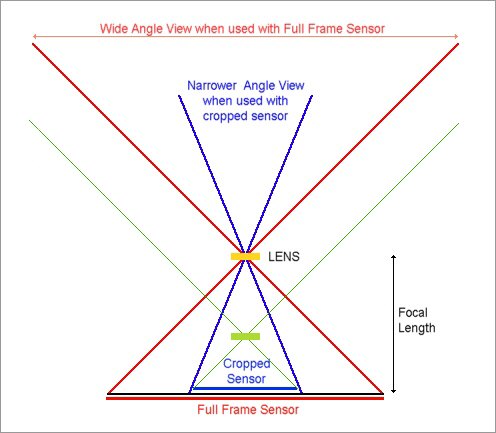
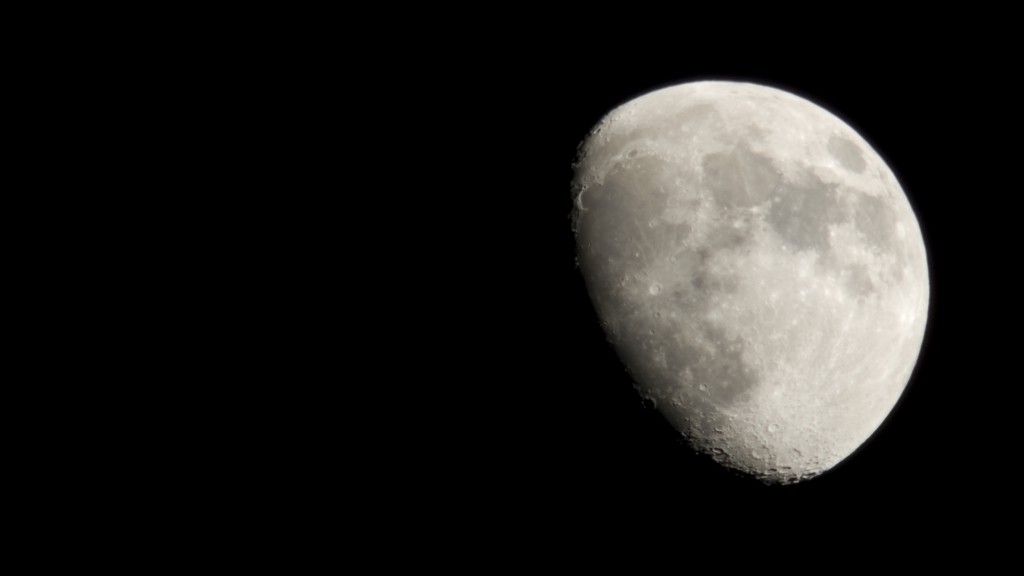
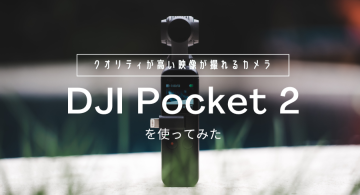 2022/09/02
2022/09/02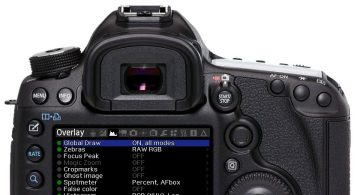 2022/04/15
2022/04/15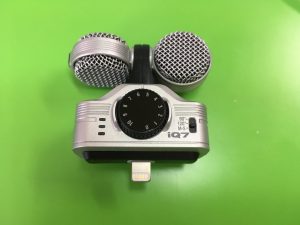 2017/07/27
2017/07/27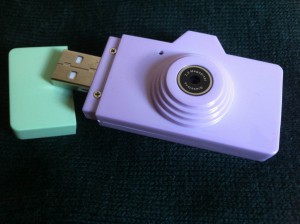 2012/08/23
2012/08/23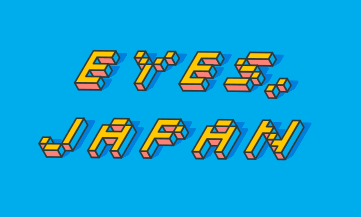 2012/06/29
2012/06/29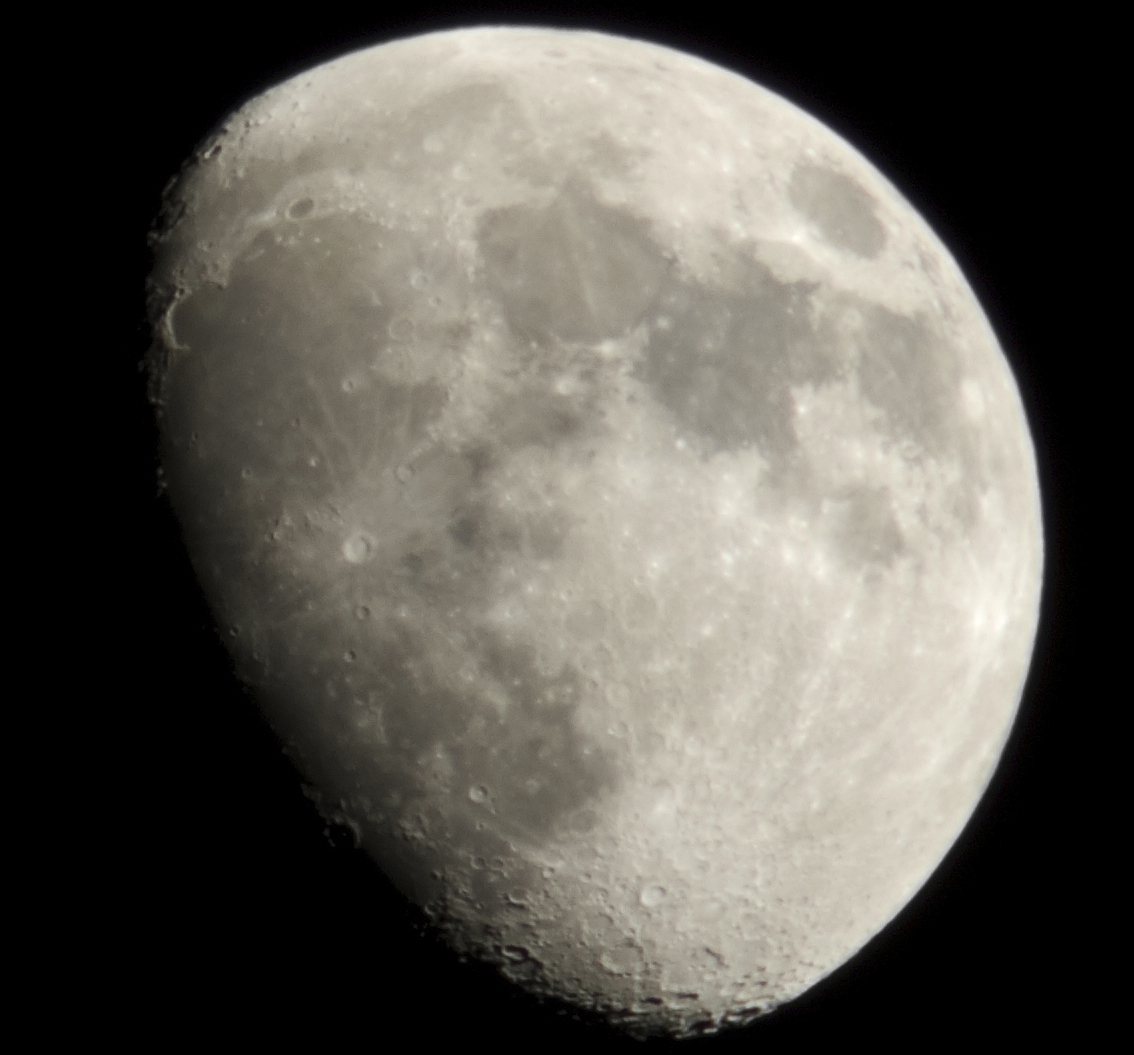 2012/02/09
2012/02/09